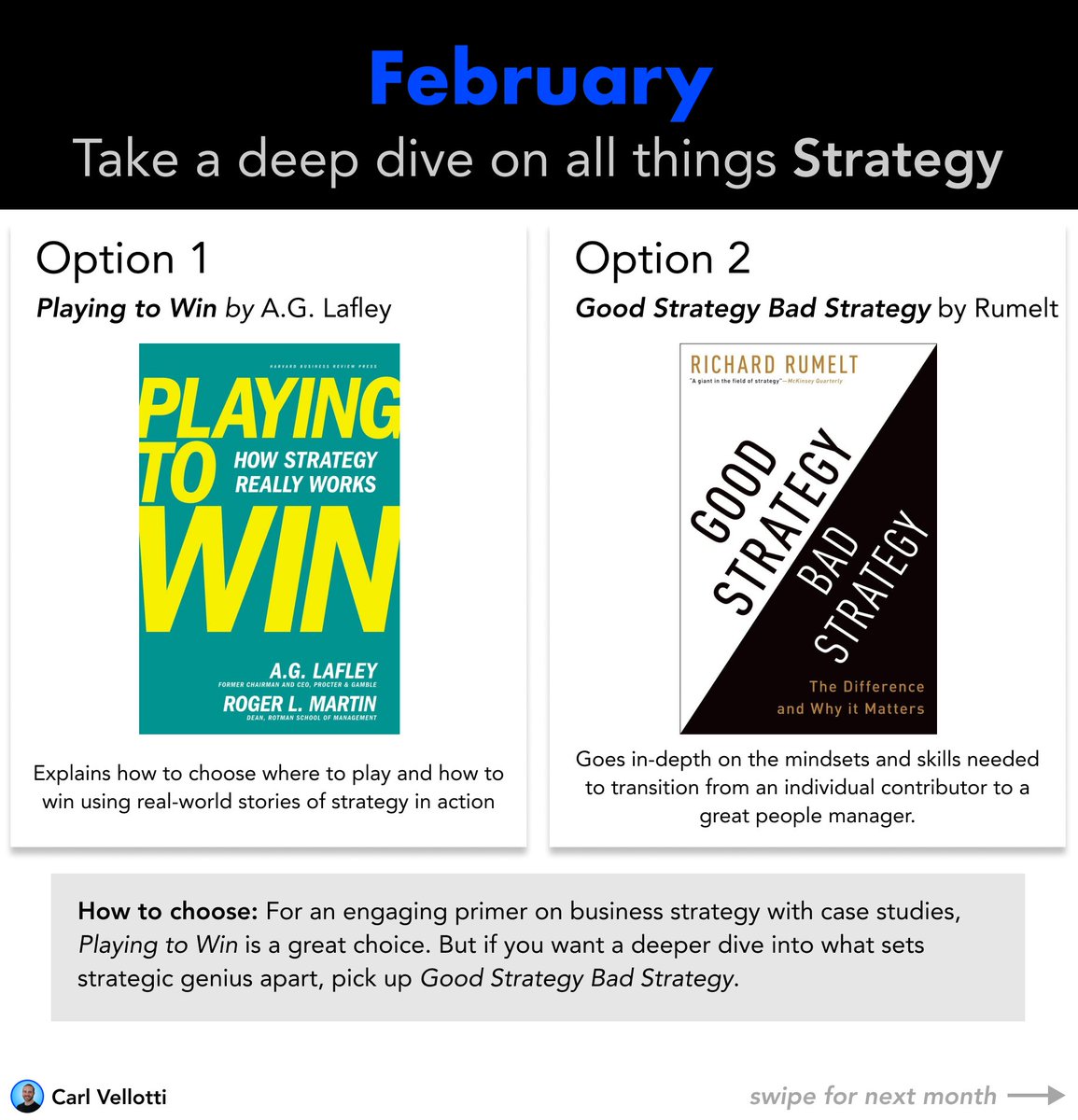How often should PMs communicate with stakeholders? 🤔
↳ It depends on the project.
Matching communication to project complexity is key.
Here's a 5-step process to get it right 🧵👇
↳ It depends on the project.
Matching communication to project complexity is key.
Here's a 5-step process to get it right 🧵👇

1️⃣ Document Stakeholders and Their Concerns
Identify all the stakeholders involved and pinpoint their specific needs and concerns within the project.
Ex: Marketing needs weekly updates on feature development for promotional planning; Sales requires monthly revenue forecasts.
Identify all the stakeholders involved and pinpoint their specific needs and concerns within the project.
Ex: Marketing needs weekly updates on feature development for promotional planning; Sales requires monthly revenue forecasts.
2️⃣ Assess Risk and Impact
Evaluate the risk level and the impact of not communicating effectively with each stakeholder group.
Ex: Engineering is working on a high-risk, business-critical module; Marketing is focused on a seasonal campaign with high revenue potential.
Evaluate the risk level and the impact of not communicating effectively with each stakeholder group.
Ex: Engineering is working on a high-risk, business-critical module; Marketing is focused on a seasonal campaign with high revenue potential.
3️⃣ Evaluate Bandwidth for Communication
Estimate how much time and resources you can realistically allocate for communication.
Ex: Engineering is swamped with urgent bug fixes and has limited bandwidth for meetings; Marketing is more flexible and open to frequent check-ins.
Estimate how much time and resources you can realistically allocate for communication.
Ex: Engineering is swamped with urgent bug fixes and has limited bandwidth for meetings; Marketing is more flexible and open to frequent check-ins.
4️⃣ Select Frequency and Mode of Communication
Decide whether to be reactive, scheduled, or proactive based on the assessments above.
Ex: Proactive daily stand-ups with engineering due to high risks; Scheduled bi-weekly meetings with marketing to discuss campaign progress.
Decide whether to be reactive, scheduled, or proactive based on the assessments above.
Ex: Proactive daily stand-ups with engineering due to high risks; Scheduled bi-weekly meetings with marketing to discuss campaign progress.
5️⃣ Set and Communicate Expectations
Clarify your communication plan and set expectations with all stakeholders upfront.
Ex: Monthly video conferences with Sales for revenue forecasting; Bi-weekly email updates to Engineering outlining upcoming milestones.
Clarify your communication plan and set expectations with all stakeholders upfront.
Ex: Monthly video conferences with Sales for revenue forecasting; Bi-weekly email updates to Engineering outlining upcoming milestones.
Thanks for reading!
If you liked this:
1. Follow me @carlvellotti
2. Like and RT the top of this thread to share with your friends. I really appreciate it!👇
If you liked this:
1. Follow me @carlvellotti
2. Like and RT the top of this thread to share with your friends. I really appreciate it!👇
https://twitter.com/1119248862814752768/status/1822436928718876883
• • •
Missing some Tweet in this thread? You can try to
force a refresh













